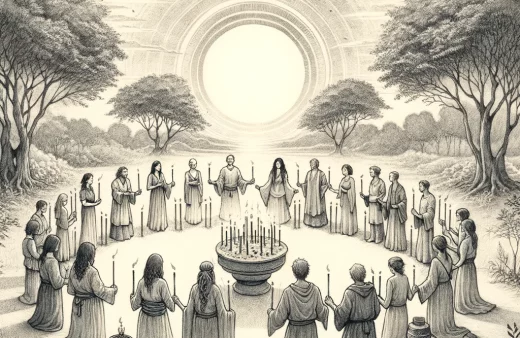Debunking ‘crowd madness’
Over the last week we’ve all watched far too much footage of the horrific scenes of the US Capitol being stormed. A mob of thousands of people charged in to the seat of American democracy intent – depending on how forgiving you intend to be -with either staging a coup or forcefully registering their disapproval.
In the course of the violence one policeman was beaten to death and one of the protestors was fatally shot when not heeding warnings. In total five people have died as a consequence of an ignominious day that will forever be associated with the outgoing President.
There’s been some suggestion that some of the people who found themselves involved were sucked along with the moment, that somehow good people found themselves doing bad. The heat of the moment brought a rush of blood to the head, and they found themselves doing something out of character. One CEO who was arrested described it as ‘the single worst’ decision of his life.
CEO says breaching Capitol was ‘single worst’ decision of his life https://t.co/4HGajsEEIj pic.twitter.com/2xvKRXuikb
— New York Post (@nypost) January 8, 2021
What are we to make of this? Was there collective crowd madness that drove an inexplicable seditional mentality? Did rational people take leave of their senses?
Helpfully the world’s leading expert on understanding crowd behaviour has some clear answers on this. Professor John Drury is a psychologist from the University of Sussex who specialises in understanding crowds. His work has observed that mass gatherings of people often have a collective identity, almost a shared personality that can exist independently from the individual personalities of the participants. But critically, Drury believes that the crowd has a collective intent that means that they don’t conduct themselves in a rabid fury, but rather they act out a rational set of behaviours consistent with their shared beliefs.
For illustration in the aftermath of the London bombings of 2005, Tube passengers trapped demonstrated a collective calm, a composed civility as they helped each other escape underground tunnels in total darkness. Far from a panicked mob, there was a collective mindset that was intent on helping fellow victims.
Drury gave a wonderful TEDx lecture (below) where he also recounts the crowd behaviour exhibited at a protest against the expansion of the M11. Organisers invited protesters to come along to ‘dress’ some of the trees that were going to be chopped down to make way for the highway.
When the protestors arrived the trees had already been fenced off. Neither protestors or locals could get access to the site. When one indignant person climbed the fence, others around him took the cue and followed suit.

Before long some of the protestors set about dismantling the fence and collective action took hold, leading to families and individuals joining forces to pull the barrier down. Like the police at the Capitol this week, police stood back – they were overwhelmed with the numbers of protestors so they didn’t intervene.
Drury went to interview those who took part. They talked about feeling empowered by being connected to something bigger than them. They talked about how their participation had made them feel part of something inspiring – that they saw the fence as an affront that they felt justified in wanting to remove. These testimonials tell us a really important lesson about social identity – the experience of participating in the protest was enriching to those involved and the way they saw themselves. Those who got involved were proud of their actions and they felt that they had operated within clear, shared norms consistent with their values.
Drury has looked at many other crowd events. He looked at a riot in Watts, Los Angeles in 1992. That riot exhibited something similar to the M11 protest – the targets of it were very selective. In the M11 protest the participants ripped down the offending fence, but nothing else. In Watts the protestors attacked police cars and symbols of authority but spared locally owned business. It was almost as if the crowd’s collective identity was being expressed in what they regarded as legitimate targets of their wrath. As much as we might characterise the irrationality of the crowd, it didn’t feel like madness to those participating in each of these events.
As Professor Drury explains our ‘collective identities’ are as important to who we are as our individual identities. We feel ourselves wanting to be consistent to the values that these identities represent.
All of this means that when we look at the hoard on Capitol Hill we should be cautious in believing that in some way mob mentality took hold and made good people conduct themselves in a way that they couldn’t recognise. Whether it was the Watts rioters, the M11 protestors or the Capitol seditionists evidence suggests that crowds behave in a way that is consistent with the values that these groups hold to be true.
People didn’t take leave of their senses, they saw an opportunity to express their true collective identity as part of the mob.










